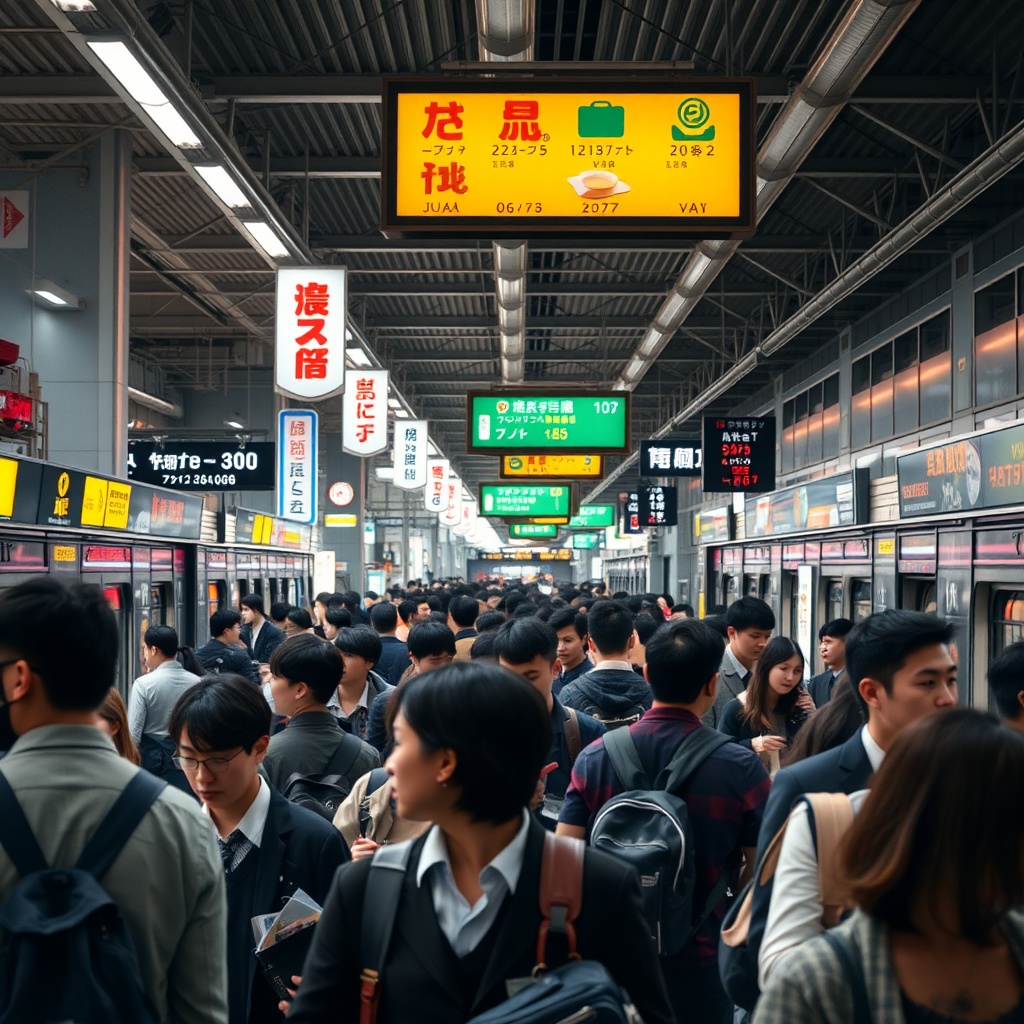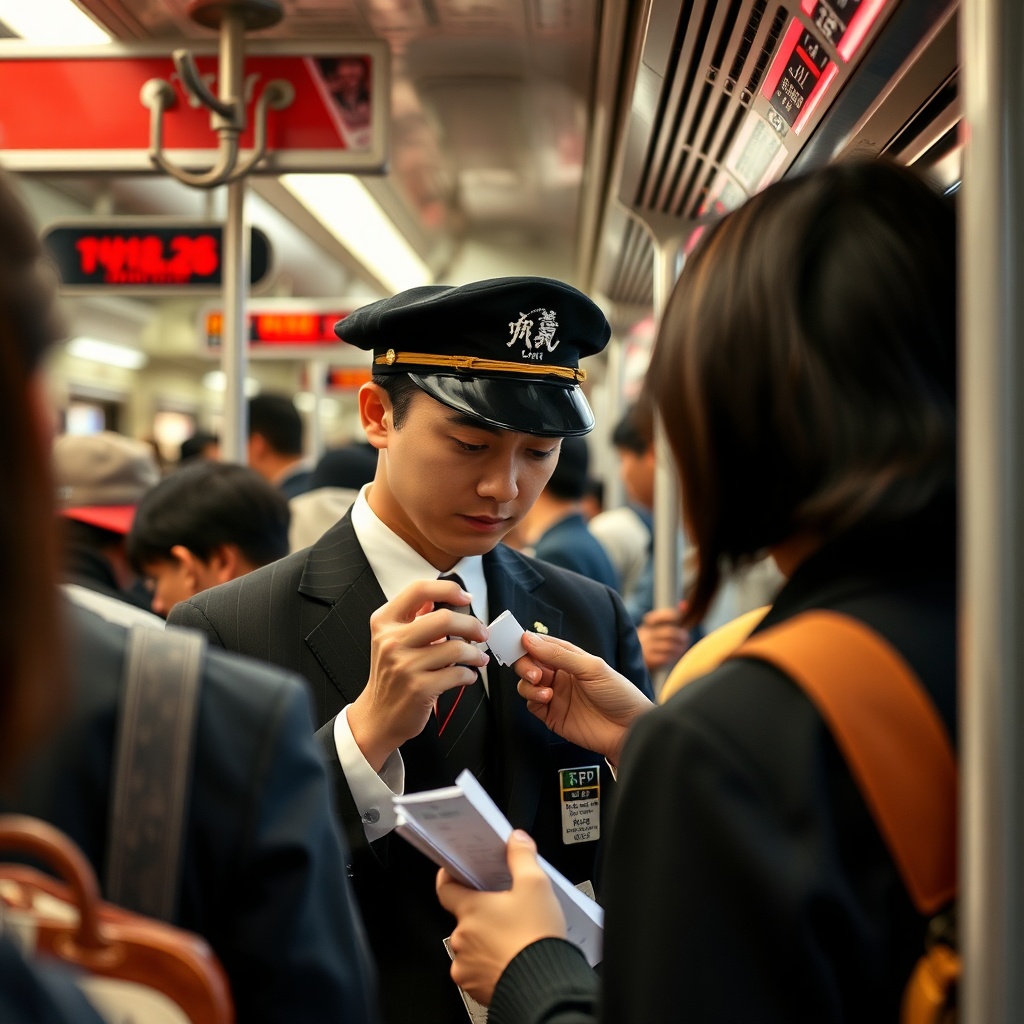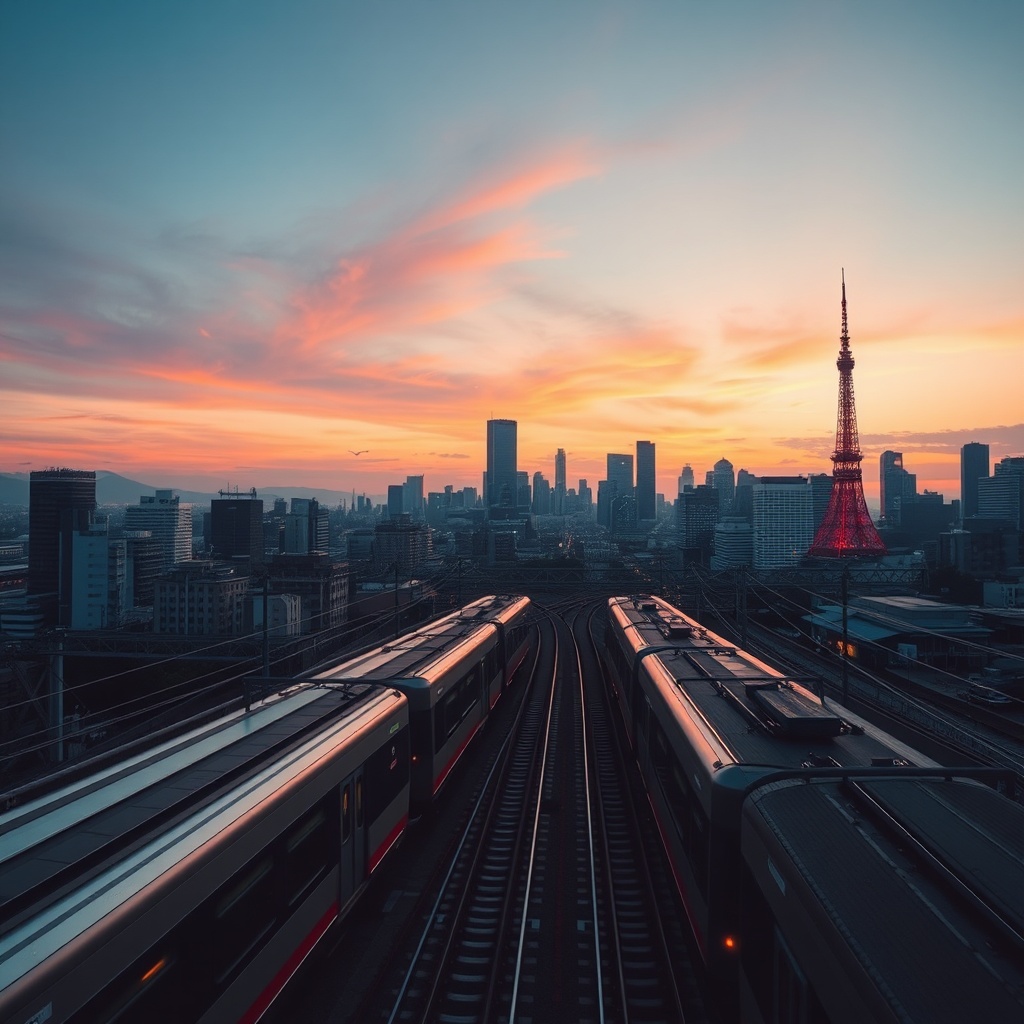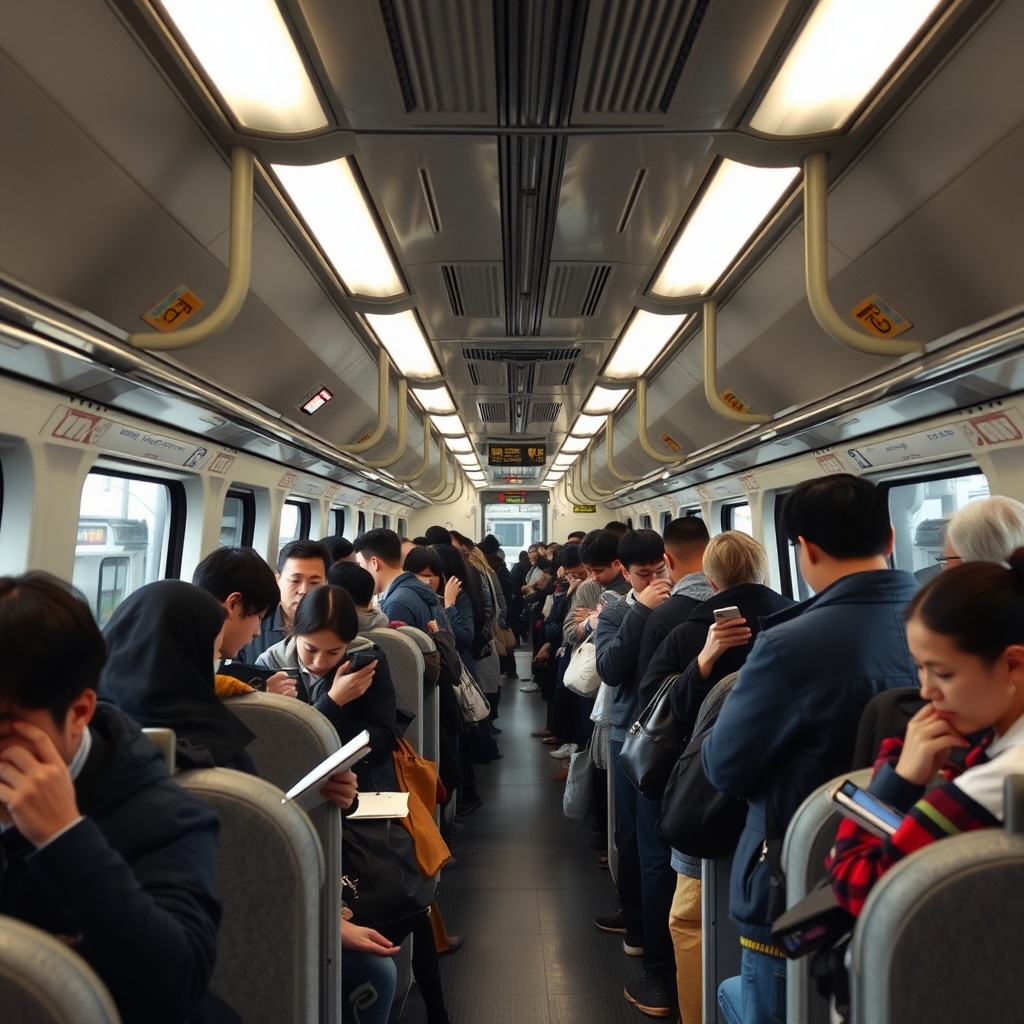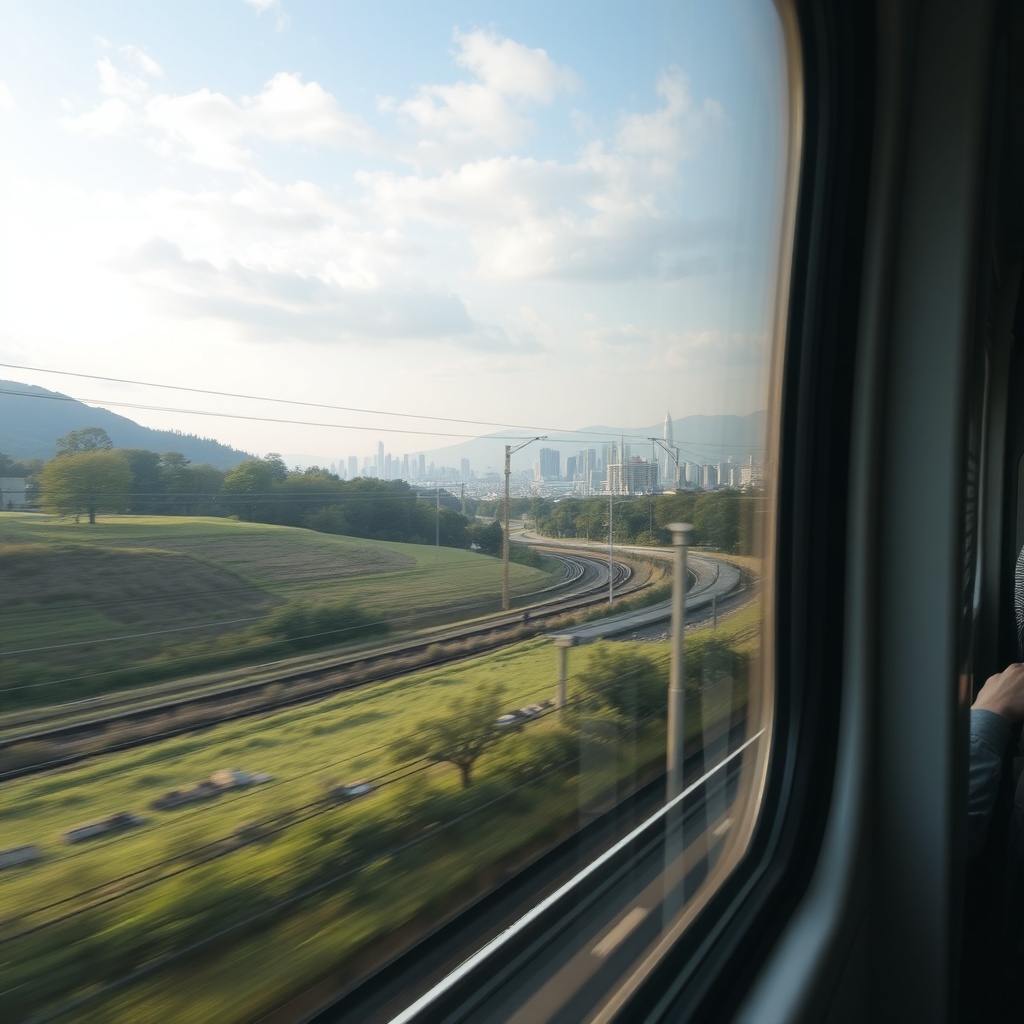Traveling on Japan’s Trains: Navigating Peak Hours Like a Pro!
Win a Free Trip to Japan!
Experience cherry blossoms and ancient temples
So, you’re gearing up for an adventure in Japan and are a bit jittery about the train scene? Fear not! While those viral videos of packed trains might have you imagining a sardine can scenario, the reality is rarely as chaotic as it seems. In fact, as someone who’s been there and done that, I can assure you that the train systems in Japan are a marvel of organization and efficiency!
Reality Check: Yes, it gets busy, especially in bustling cities like Tokyo and Osaka, but it’s not like you’re stepping into a scene from a horror movie. The trains are clean, safe, and, believe it or not, quite orderly—think of it as a well-rehearsed dance rather than a wild mosh pit!
Understanding Peak Hours in Japan
Now, let’s get to the nitty-gritty of peak hours. If you’ve traveled to Japan before the pandemic, you might have felt the sheer volume of commuters. However, post-pandemic, the landscape has shifted significantly. With many office workers now telecommuting, the frantic hustle and bustle of peak hours has mellowed out a bit. But don’t be fooled; there’s still plenty of action!
In Japan, the workday tends to kick off later than in many countries. Most offices don’t really start buzzing until around 9:30 AM to 10:30 AM. This means that the rush hour typically peaks between 8 AM and 9:30 AM. So if you’re planning to hop on a train during these hours, be prepared for a bit of a squeeze.
Pro Tip: If you’re in a smaller town commuting to a big city, your peak hour might start even earlier. So, if you want to avoid a crowd of suits and ties, aim for traveling before 7:45 AM or after 10:30 AM. Your sanity will thank you!
Strategies to Outsmart the Crowds
Alright, now that you know the lay of the land, let’s get into some nifty strategies to make your train travel as smooth as butter:
- Leave Ample Time: If you have a specific train to catch, especially from mega stations like Tokyo Station or Shinjuku, arrive at least 45 minutes early. This gives you time to navigate the station, grab a snack, and find your platform without breaking a sweat!
- Use Technology: Download Google Maps or Navitime! These apps will be your best buddies. They can guide you to your destination, let you know which train line to take, and even tell you where to sit for the quickest exit!
- Flexibility is Key: If the train looks too packed, don’t hesitate to wait for the next one. If you’re on a bullet train with a reserved seat, you can still hop on the following train using the non-reserved carriages. More space, less stress!
- Book Your Seats: For long-distance travel or bullet trains, reserving seats is a game-changer. It guarantees you a spot and a bit of breathing room, allowing you to relax during your journey.
- Luggage Management: If possible, travel light! Japan has an incredible luggage forwarding system that can help ease your burden. You can send your bags ahead to your hotel, making your train adventure much more enjoyable.
- Stroller Strategies: If you’re traveling with little ones, consider using baby carriers instead of strollers during peak hours. If you must use a stroller, fold it up before boarding the train. It’s just polite, and you’ll be the hero of the day!
- Local vs. Express Trains: If time permits, opt for local trains instead of express ones. Local trains stop at more stations and are generally less crowded. Less crowd = more comfort!
- Avoid the Loop Lines: The Yamanote Line in Tokyo and the Osaka Kanjo-sen can be packed during peak hours. If you can, consider alternate routes to avoid the busiest lines.
Evening Travel: What to Expect
As for the evening commute, the work culture in Japan means people often work late or engage in after-work socializing. This leads to a staggered flow of commuters, which means you won’t face a massive rush all at once. However, if you want to dodge the crowds, aim to travel before 5:30 PM.
And a little friendly warning: Friday evenings and Sunday afternoons can be particularly busy as people head out for weekend getaways or return to the city after a mini-vacation. So, keep that in mind when planning your travels!
Final Thoughts
Traveling on Japan’s trains can be a delightful experience! With a little planning, a sprinkle of patience, and a positive attitude, you’ll glide through the busiest stations like a pro. So pack your bags, grab your tickets, and get ready to explore the Land of the Rising Sun. Safe travels!
